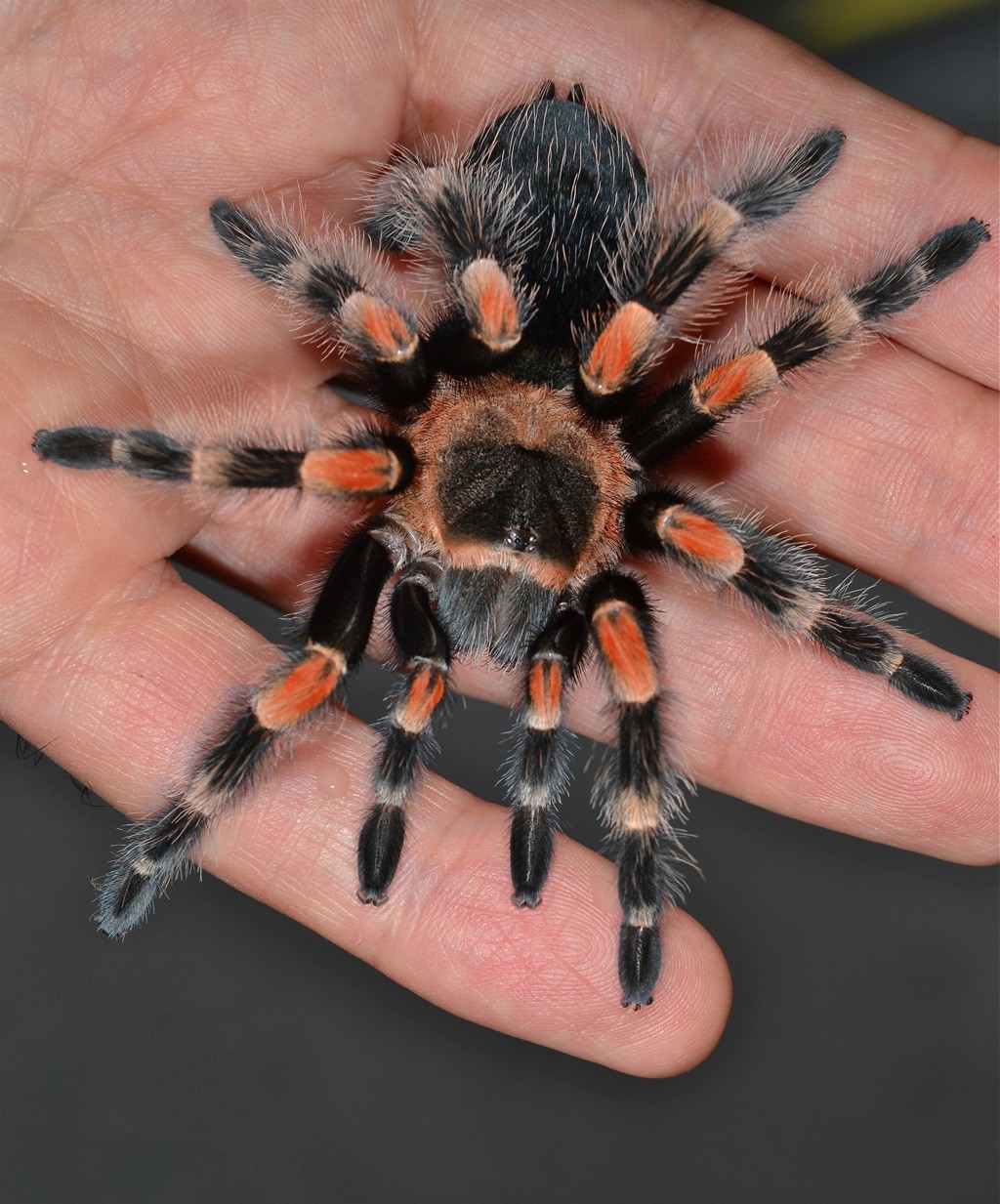Curly Hair Tarantula Spiderling Care

Curly Hair Tarantula Spiderling Care
Introduction
The Curly Hair Tarantula, also known as Brachypelma albopilosum, is a popular spider among pet owners due to its docile nature and striking appearance. Native to Central America, these spiders can grow up to 6 inches in length and live up to 15 years. This makes them a great pet to keep for many years to come. However, when it comes to caring for a Curly Hair Tarantula, it is important to remember that spiderlings require a different level of care and attention than their adult counterparts. This article will provide an overview of how to care for a Curly Hair Tarantula spiderling.
Enclosure
The enclosure is one of the most important aspects of caring for a Curly Hair Tarantula spiderling. The enclosure should be an appropriate size and have a secure lid. The enclosure should be tall enough for the spiderling to climb, as this is important for its health. The enclosure should also be kept at a temperature of 75-85°F and have a humidity level of 70-80%. The enclosure should also have plenty of hiding spots for the spiderling to feel secure and comfortable.
Substrate
The substrate is the material that covers the bottom of the enclosure. For a Curly Hair Tarantula spiderling, it is best to use a substrate that has a high absorption rate, such as coco coir or peat moss. It is important to keep the substrate moist, as this will help to keep the humidity levels in the enclosure at an appropriate level. Additionally, the substrate should be changed on a regular basis to prevent the build-up of bacteria and mites.
Feeding
When it comes to feeding a Curly Hair Tarantula spiderling, it is important to remember that they are very small and can’t eat large prey items. Therefore, it is best to feed them small items such as pinhead crickets or fruit flies. The spiderling should be fed every 1-2 days and the food should be removed from the enclosure if it is not eaten within 24 hours. Additionally, it is important to ensure that the prey items are not larger than the spiderling’s abdomen to prevent it from choking or becoming injured.
Handling
When it comes to handling a Curly Hair Tarantula spiderling, it is important to remember that these spiders are very fragile and can be easily injured. Therefore, it is best to only handle the spiderling when necessary and to use caution when doing so. Additionally, it is important to remember that the spiderling may become defensive when it is handled, so it is important to avoid touching its body or legs.
Conclusion
In conclusion, caring for a Curly Hair Tarantula spiderling is not overly difficult, but it does require a lot of attention and dedication. By providing the spiderling with the right enclosure, substrate, and food, as well as avoiding unnecessary handling, you can ensure that your spiderling will have a healthy and long life.
Pin on Tarantulas

Tliltocatl albopilosus / Brachypelma albopilosum (Curly hair tarantula

Curly Hair Spiderling - These Will Be the 10 Biggest Hair Trends of 2020

Tarántula azul: Conoce todo lo que deberías saber sobre ellas
Curly Hair Tarantula • Fun Facts & Information For Kids

Tarantula Pet Guide For Beginners | Tarantula Pets

แมงมุมมือใหม่ curly hair tarantula - YouTube

Honduran curly hair tarantula | Aracnídeos

Curly Hair Spiderling - These Will Be the 10 Biggest Hair Trends of 2020

Tliltocatl Albopilosum / Curly Hair Tarantula Care Sheet
